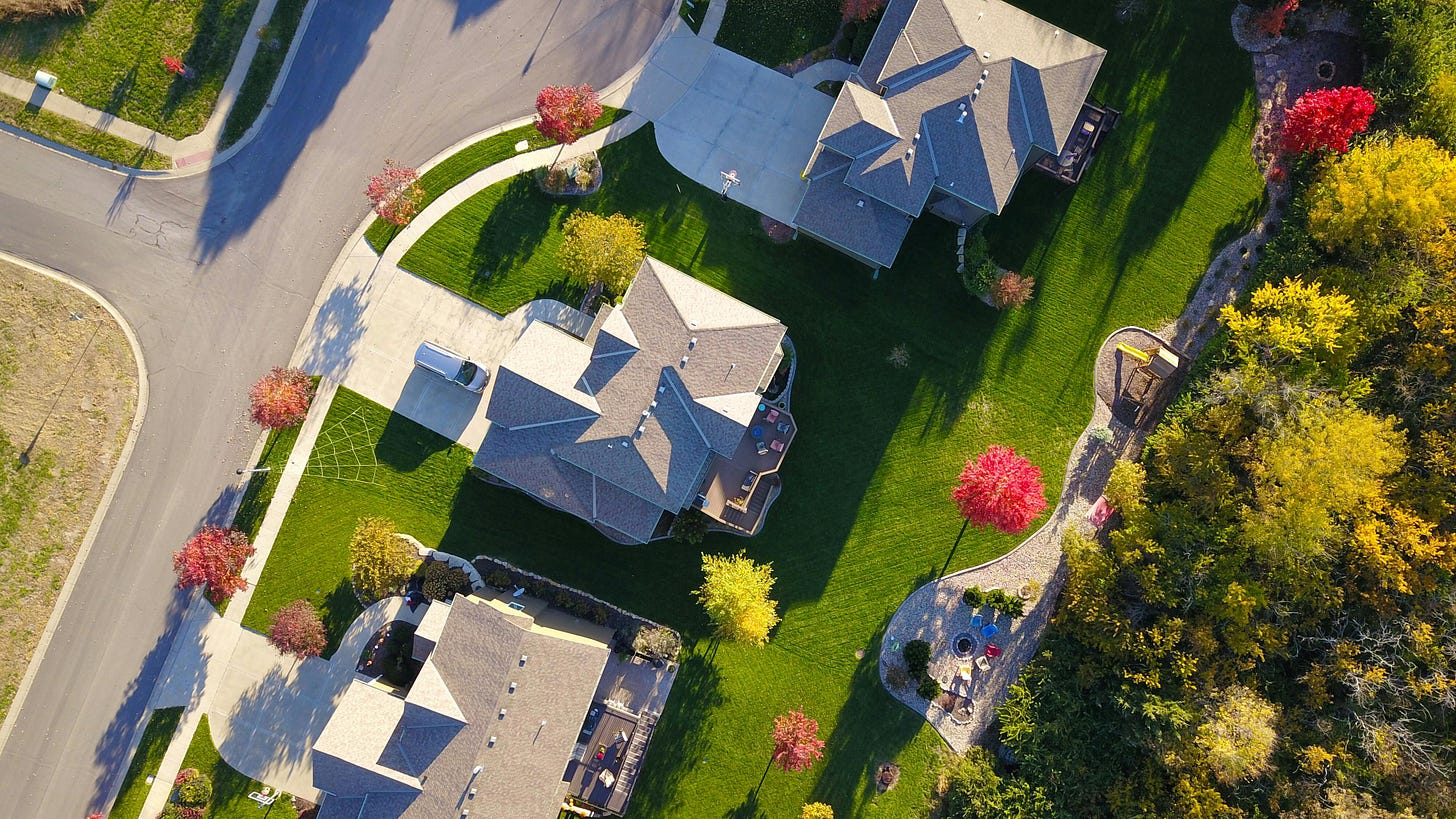6 Housing Takeaways from the New Census Data
Digging through the latest five-year data release
Hey readers,
Today I’m sharing a save-the-date for my February 2025 subscriber event in San Francisco — it’s below the paywall. Subscribe and don’t miss out!
One of the pieces of feedback that I got in my reader survey was to write more quick takes from news events — I’m delivering with this piece! Want to share your feedback or help make this newsletter better? Take 30 seconds to fill out the survey.
The newest batch of Census data is out — a five-year look back on the state of America through the lenses of housing, income, fertility, and more. It is chock-full of data, which you can cut up into random sound bites, like the median age of Americans is 38.7 years old, Syracuse leads the country in child poverty, fewer grandparents are raising children perhaps due to a decline in opioid-related deaths, and other stats. I am likely going to dive into this data and create future posts from it. For now, I wanted to quickly share some housing-oriented takeaways.
There are more homeowner-occupied units nowadays
I love it when hard data conflicts with media narratives. There’s been so much attention to how people are priced out of the housing market and how all the housing is getting bought up by investors. But is that really the case?
According to the new Census data:
The number of owner-occupied housing units increased by 8.4%, from 76.4 million in 2014-2018 to 82.9 million in 2019-2023.
There’s more math to be done here, such as figuring out the ratio of owner-occupied housing units to overall housing units in these two periods, but bottom line: this doesn’t line up with the narrative that owner-occupied units are in decline.
More homeowners aren’t carrying a mortgage
The ACS compares five-year periods. From 2014-2018, 36.9 percent of owned homes did not have a mortgage. In the most recent data from 2019-2023, 38.8 percent did not have a mortgage.
There are many potential reasons for this: investors buying houses with all cash; bidding wars in the early days of the pandemic favoring all-cash buyers, high interest rates pushing people to forgo mortgages, homeowners who are getting older and older and may have more equity; or the generational wealth transfer from baby boomers to millennials is allowing more young people to buy houses without mortgages.
"The increase in the number of owned homes without a mortgage could partially explain why the median amount of income homeowners spent toward housing costs decreased from 18.3% to 17.5%," said Caroline Short, a survey statistician in the Census Bureau's Housing Statistics Branch.
There’s a growing divide between homeowners and renters
It’s shocking, but according to the Census:
There were no counties where the median homeowner costs, as a percentage of income, was greater than 30%, whereas in over 200 counties, the median gross rent as a percentage of income was greater than 30%.
In other words, homeowners can actually afford their housing. And lots of renters can’t. In addition, the number of housing units where people are cost-burdened has gone up.
There were 20.0 million rented units paying more than 30% of their monthly income toward housing costs in the 2019-2023 5-year ACS, as opposed to 17.3 million owned units.





